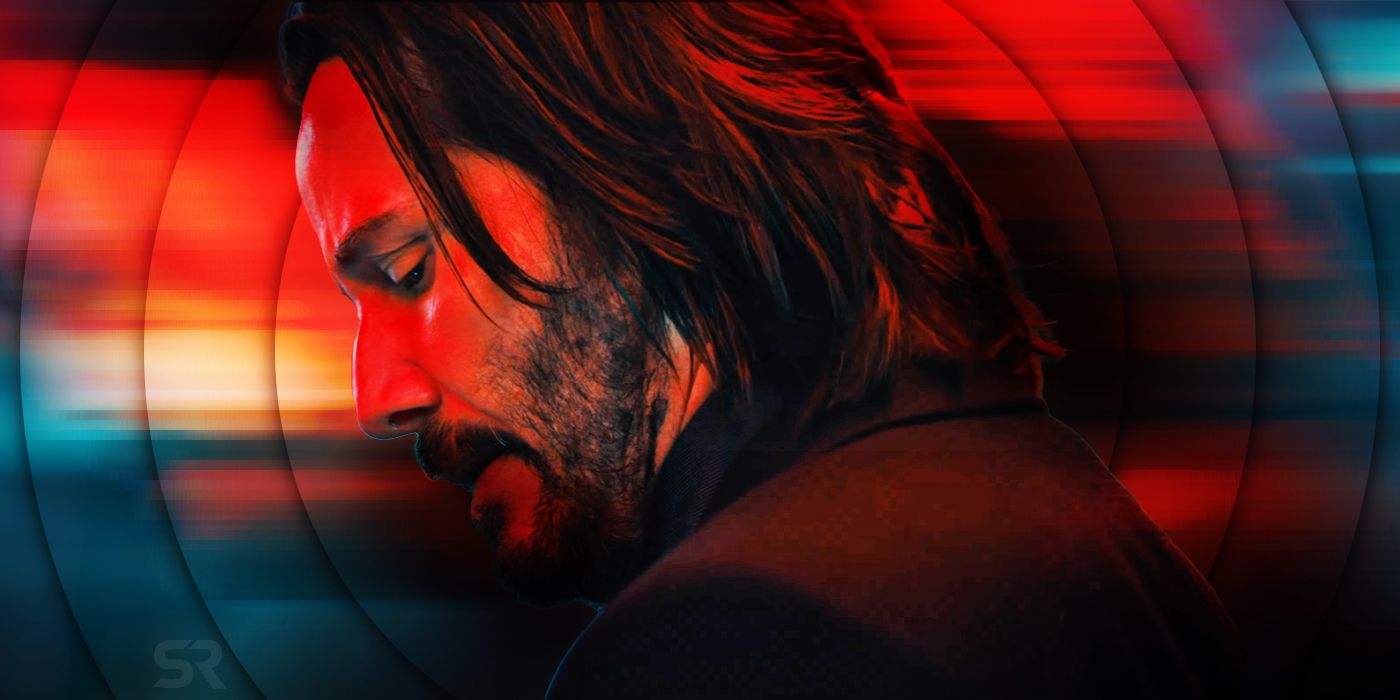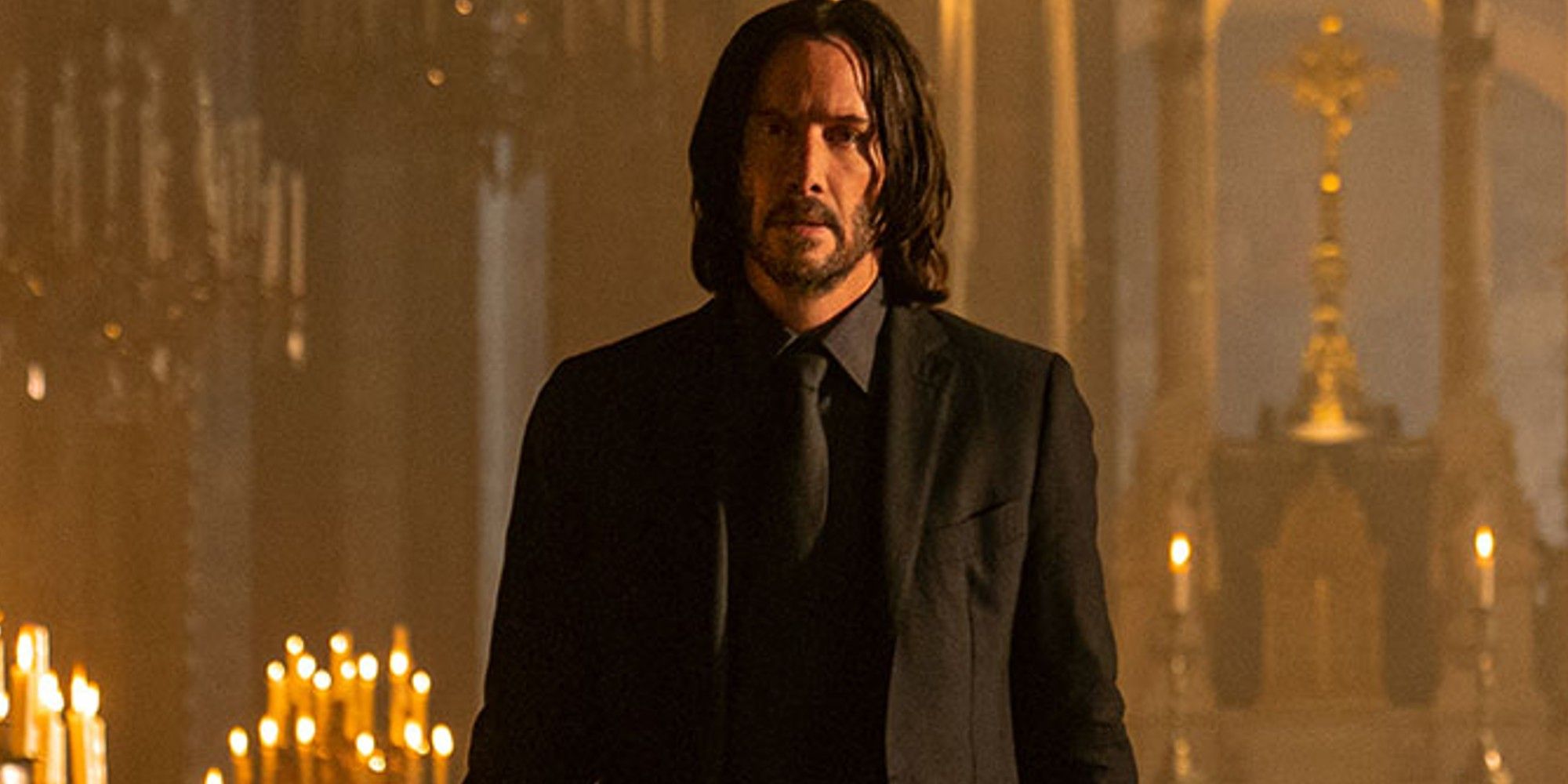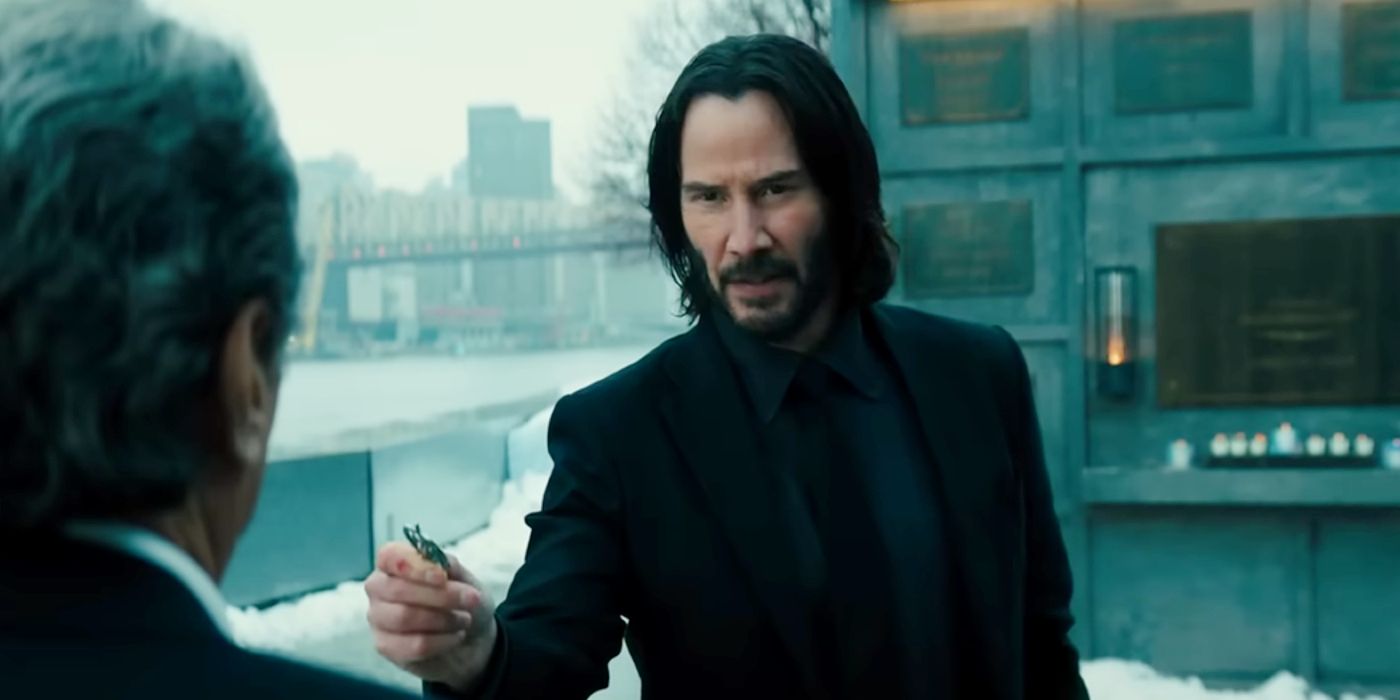WARNING! Contains SPOILERS for John Wick: Chapter 4!John Wick: Chapter 4 has a very deep meaning for the story of its title character. In John Wick: Chapter 4, the legendary assassin John Wick (Keanu Reeves) is fighting to escape the High Table's grip for good, and finds himself in his most harrowing war yet. With his old friend Caine (Donnie Yen) forced to hunt John in order to save his daughter, John learns through Winston (Ian McShane) that he might just be able to overcome the High Table and their chosen representative the Marquis de Gramont (Bill Skarsgård) for good through a "High Table duel."
The ending of John Wick: Chapter 4 takes an unexpected twist when John dies after his duel with Caine, but there is a lot more going on than meets the eye. Underneath its breathtaking stunts and action sequences, John Wick: Chapter 4 is about John's ultimate goal of defining his own legacy for himself. As has been the case with the John Wick franchise's storytelling previously, this is also a lot more layered than it appears to the naked eye.
John Wick 4's Deeper Meaning Is About Everyone's Place In History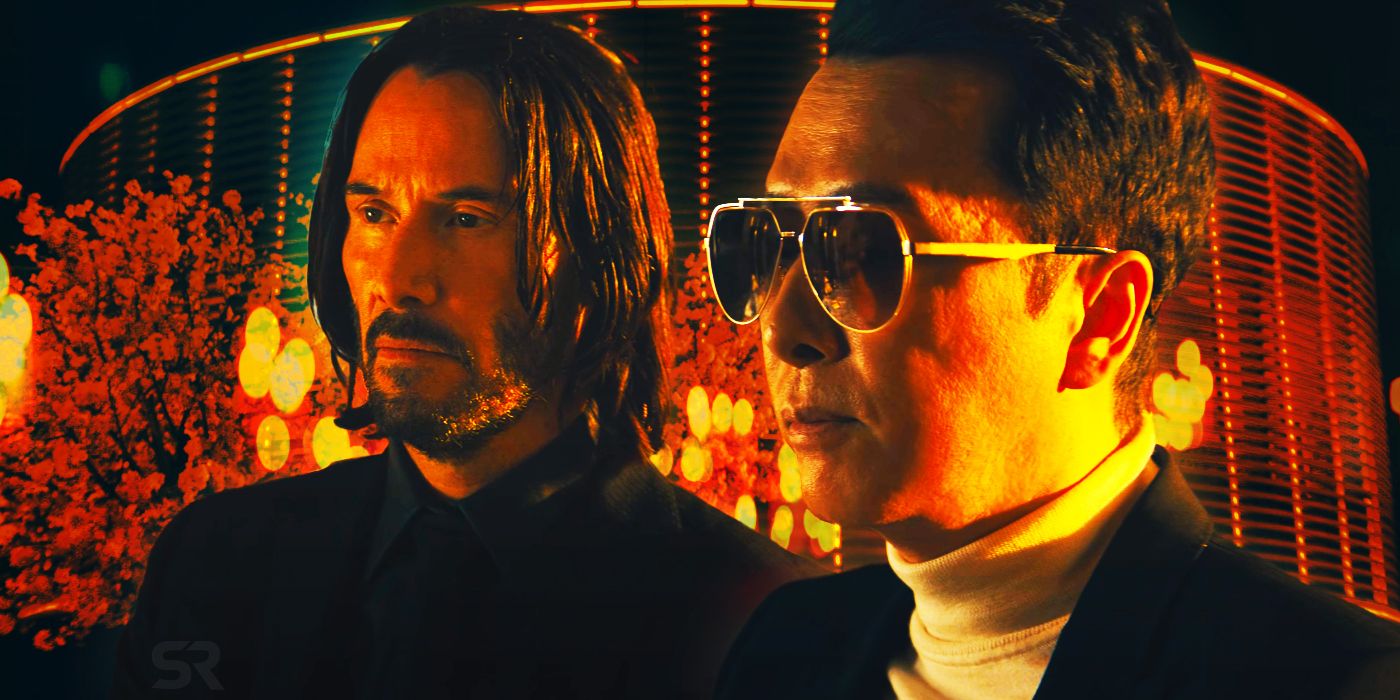
At the beginning of John Wick: Chapter 4, John is already a legend in the assassin culture as the mythical Baba Yaga, but has spent the events of the past three movies essentially in a constant battle. With enemies on all sides and his efforts to permanently retire ruined, John has had to come to terms with his life and legacy since the death of his wife Helen and the dog she left him, Daisy. John's arc in John Wick: Chapter 4 is about his decision to take control of his legacy and define it for himself, rather that let it be determined by the High Table.
The Marquis de Gramont, by contrast, sees John's legacy as a means to uplift his own. Like many assassins to precede him, the glory of being the man to finally slay the Baba Yaga is what motivates the Marquis de Gramont. He also wants to make the accomplishment as grandiose as possible and extends his mission to destroying the New York Continental and killing Charon (Lance Reddick) to send a message that John's entire legacy, including his friends and allies, are being eliminated.
How John Wick 4's Famous Art & Architecture Reveals Its True Meaning
The emphasis John Wick: Chapter 4 places on legacy and history is also evident in the setting the movie takes place in. John Wick: Chapter 4 uses classic artwork and buildings with great history behind them as its backdrop, and often even re-purposes them to fit in the world of the John Wick universe. The Eiffel Tower is a prime example, housing a broadcast station where the ever-increasing bounty on John's head is announced to assassins pursuing him.
John and Caine's pre-duel meeting in a cathedral is another such example, the two men reminiscing about their lives and friendship hours before heading into a duel that they know only one of them can survive. With other settings like Paris's Arc de Triomphe and Sacré-Cœur as key settings for its action scenes, John Wick: Chapter 4 uses the great historicity of its environments to highlight the history of John himself as reaching its long-incoming pinnacle. This also goals even deeper with John and Caine's respective roles in the story.
John Wick 4 Underscores The Importance Of Choice In One's Mythology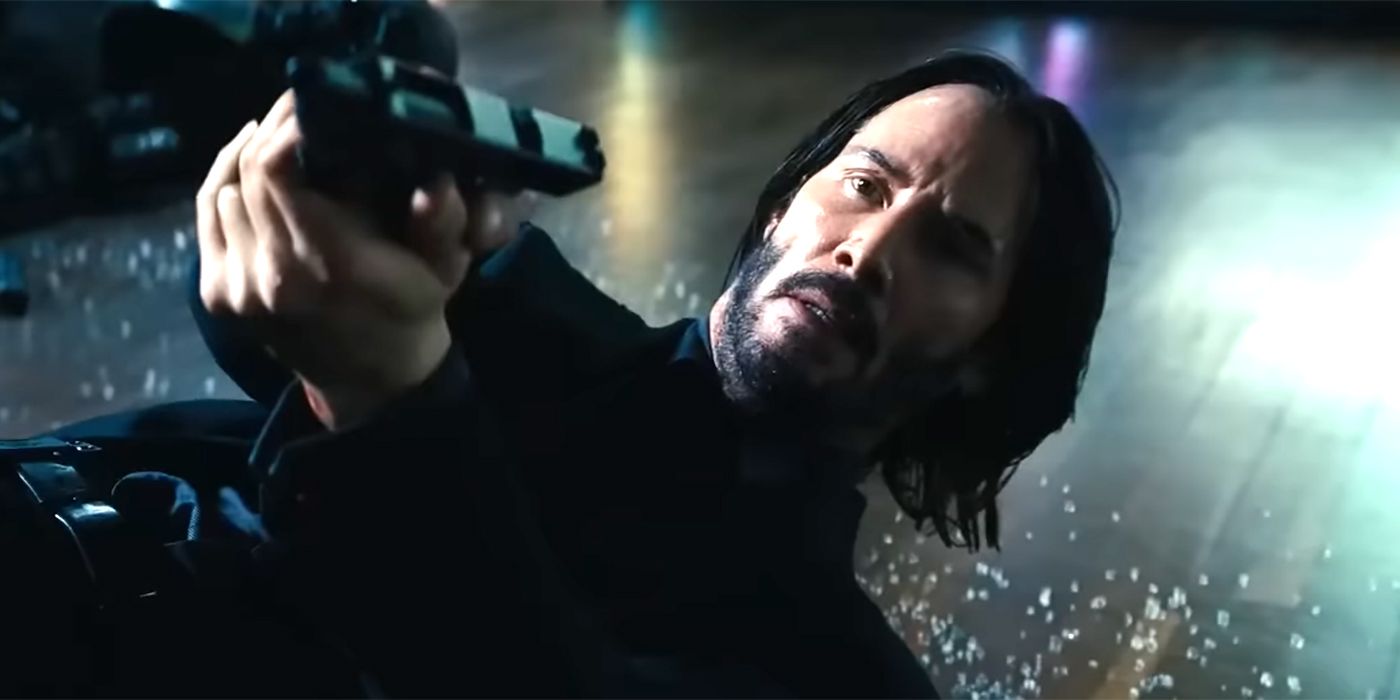
When John and Caine meet for their duel at the Sacré-Cœur, John has made a crucial decision about his own life and legacy. After being mortally wounded by Caine, John shoots and kills the Marquis de Gramont, who was attempting to "claim the coup de gras." After sharing some final words with Caine and Winston, John dies on the steps, having chosen to do so to cement his legacy on his terms. John knows that Caine is in a terrible position, and essentially sacrifices himself to help Caine, while also taking the opportunity to take out the Marquis de Gramont in order to repair the High Table's corruption.
John is not the only one making such big choices either, with the blind Caine revealing that he voluntarily gave his eyes to the High Table, indicating he has a similar perspective as John of maintaining his own say in his legacy (and itself foreshadowing John Wick: Chapter 4's ending.) Moreover, after killing Shimazu Koji (Hiroyuki Sanada) in their sword battle to get to John, Caine is fully aware that his daughter Akira (Rina Sawayama) will come to seek vengeance on him, showing his comprehension that his choice to battle Koji would have its consequences.
John Wick's Gravestone Brilliantly Fulfills His Character Journey
When Winston and the Bowery King (Laurence Fishburne) visit John's grave in the movie's final scene, John's tombstone says a lot about the legacy he has left behind. John's tombstone reads "John Wick, Loving Husband", per the request he made to Winston earlier in the film. John had managed to taste a normal life with Helen for the five years of his retirement, and that life is what has has been trying to reclaim ever since the John Wick franchise began. In John Wick: Chapter 4's ending scene, he finally does.
Rather than be remembered for his life as the Baba Yaga, John wants to be remembered as a normal man who loved his wife before her passing. Buried next to Helen, John is able to finally remove himself from his life as an assassin, and instead be remembered for the life that he sought and was able to experience for a few years. This all paints a clearer picture of just why John Wick: Chapter 4 ends the way that it does.
Why John Wick Had To Die In John Wick 4's Ending
Director Chad Stahelski has long been emphatic that John Wick's ending was not going to be a happy one, but even so, the ending of John Wick: Chapter 4 hits hard as a genuinely surprising outcome of its story. With that said, the movie and the whole of the John Wick franchise show that John has long been up against impossible odds with a never-ending sea of enemies pursuing him. John himself has come to terms with this in John Wick: Chapter 4, and is fighting a much more esoteric battle.
For John, denying the High Table power over him and leaving his legacy as a man who left the assassin world behind to become a loving husband is his real goal. With the life of Caine's daughter at stake and his friends becoming targets as much as he is, John knows he has to make the ultimate sacrifice, but he does not see that as a defeat. In John Wick's eyes, the High Table could not exert power over him as the Baba Yaga, and it could not erase the love that he experienced with Helen either. John Wick can die peacefully knowing he has kept both from them.
With the John Wick franchise continuing with spin-offs after the death of John Wick himself, it is in very different position from where it originally began. However, that arguably cements John Wick: Chapter 4 as one of, if not, the most important entry in the John Wick franchise. John Wick: Chapter 4 is about legacy, history, and taking control of both for one's self, with John asserting forever that him having been a loving husband is far more important to him that his legendary status as the Baba Yaga ever was.

